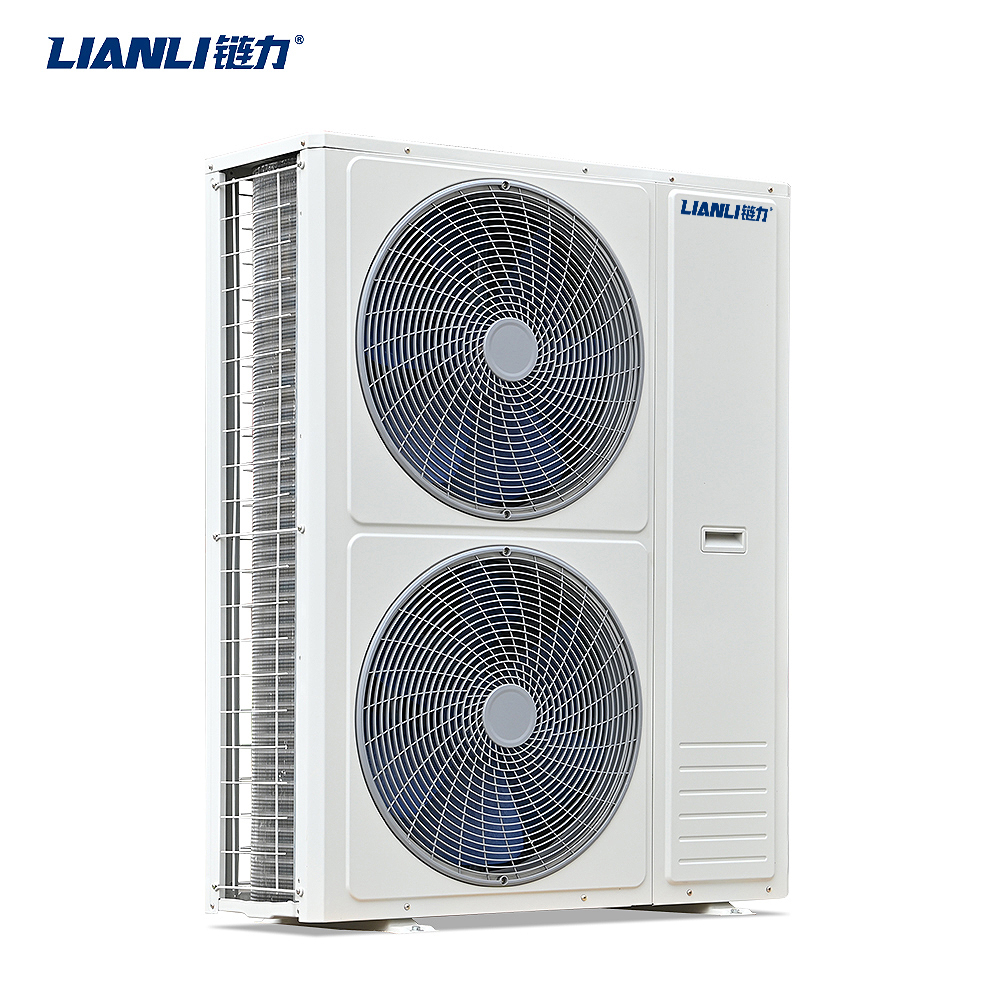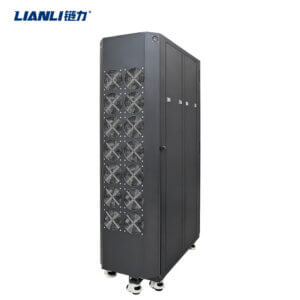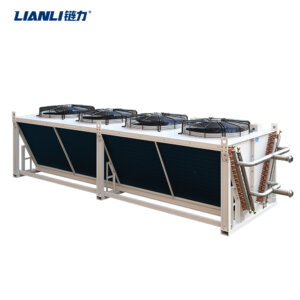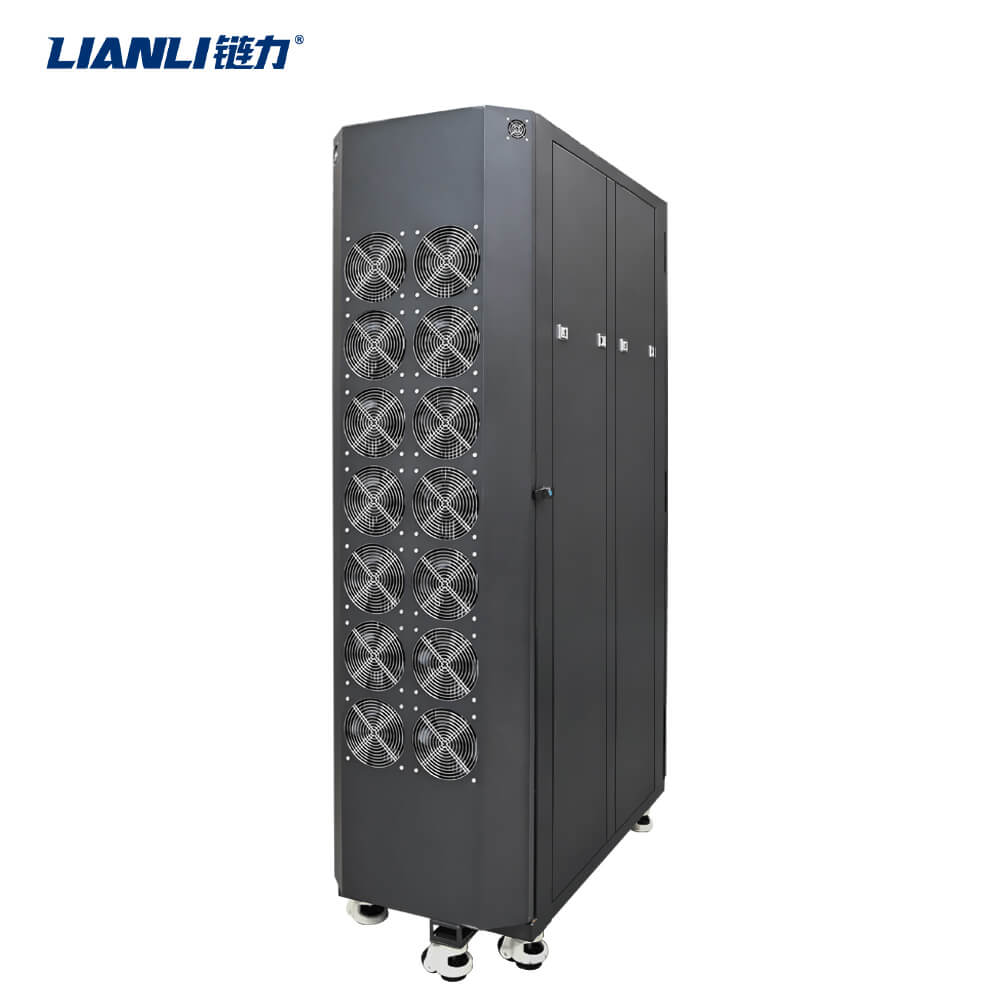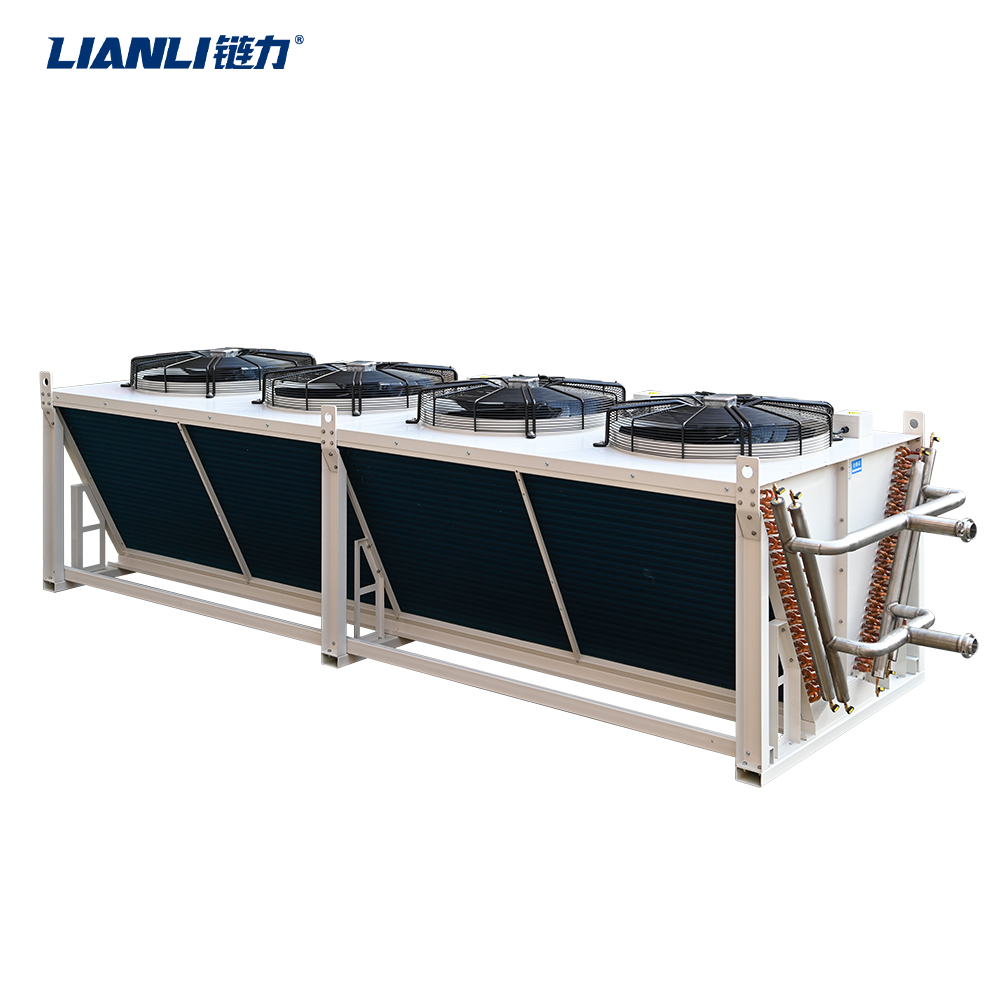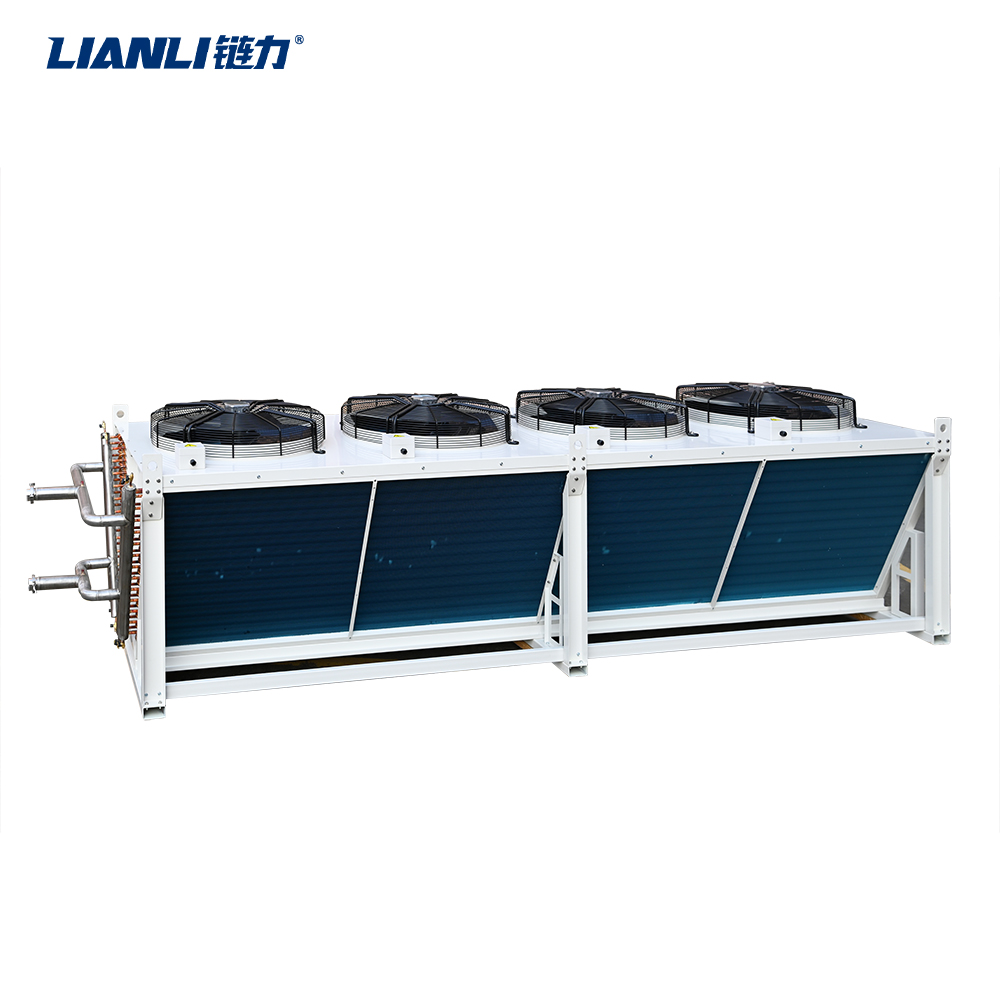HOST ANTMINER S19 XP Hyd.: Why Mining Companies Are Switching to .Water Cooling
The cryptocurrency mining landscape is undergoing a significant transformation, driven by the relentless pursuit of efficiency, sustainability, and profitability. At the forefront of this evolution is the shift from traditional air-cooled mining rigs to advanced liquid cooling solutions. Among the latest innovations capturing the industry’s attention is the ANTMINER S19 XP Hyd., a water-cooled mining machine specifically designed to address the limitations of its air-cooled counterparts. This article explores the compelling reasons why mining companies are increasingly opting to HOST ANTMINER S19 XP Hyd. units, highlighting the advantages of water cooling in modern mining operations.
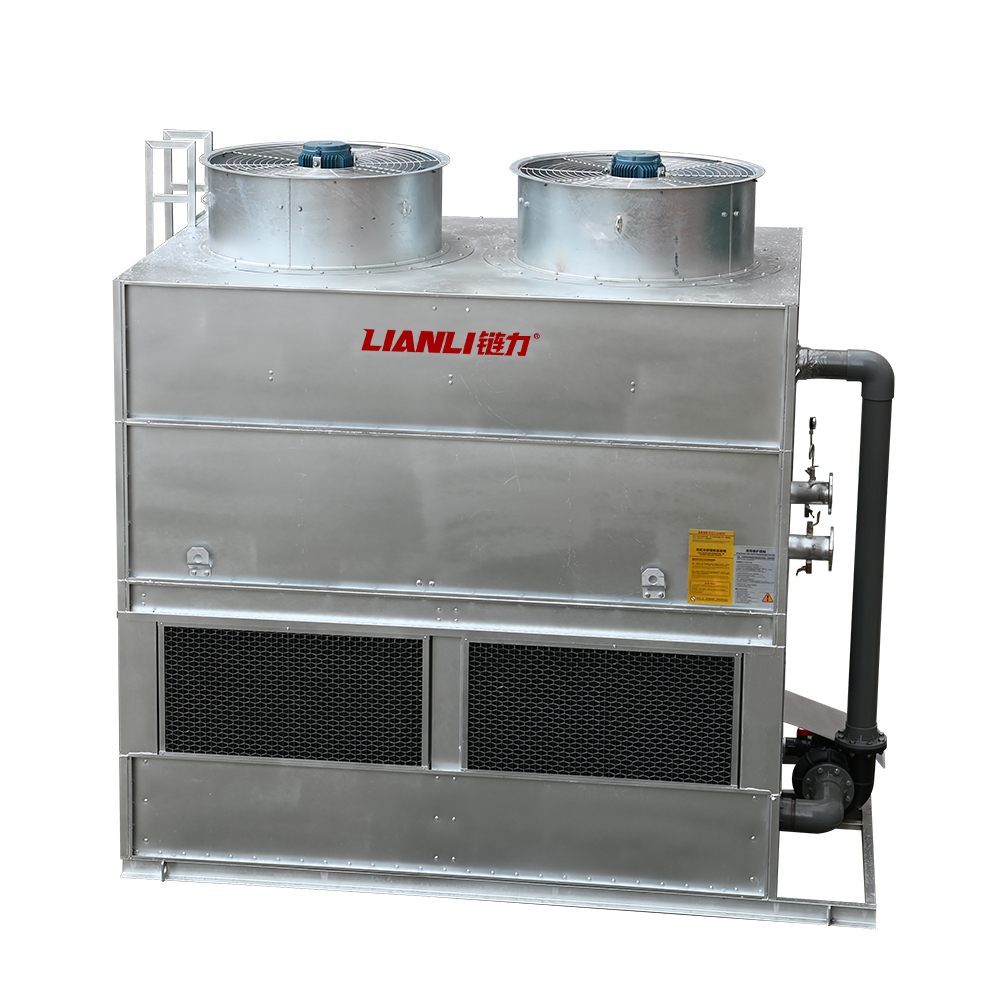
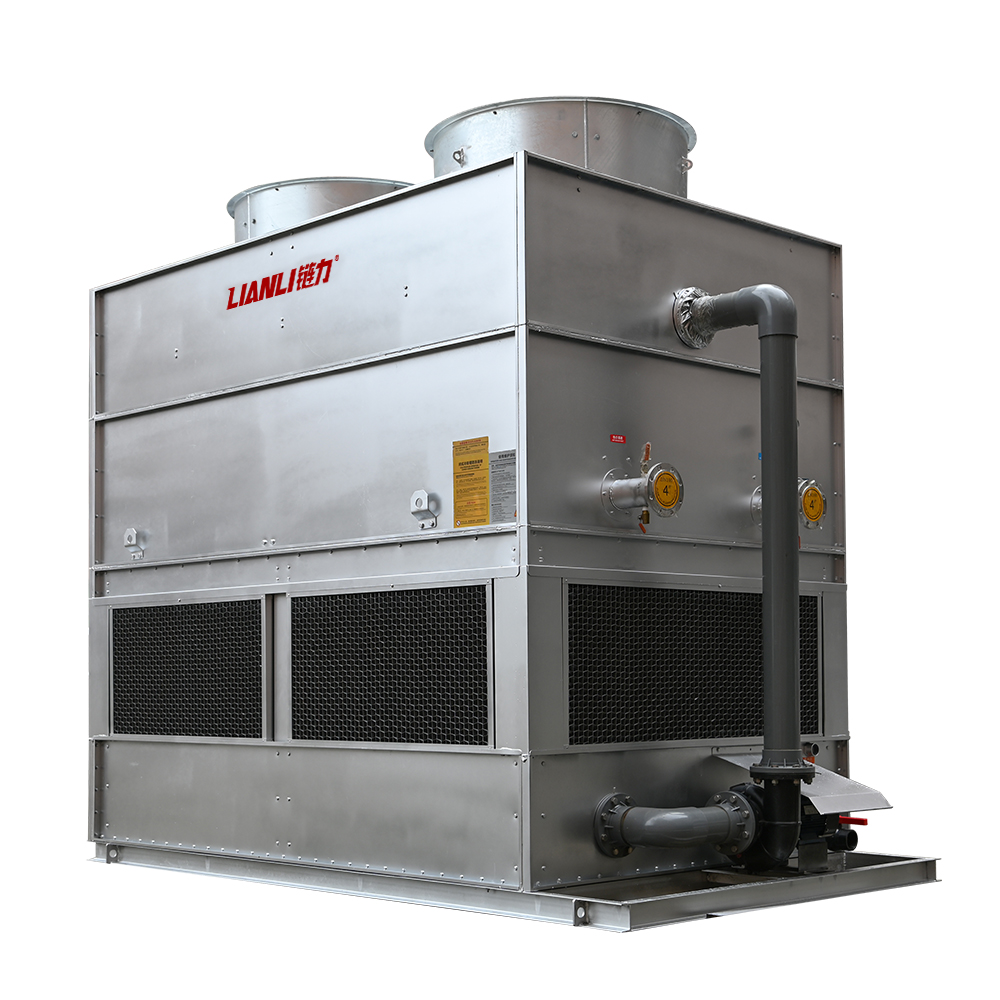
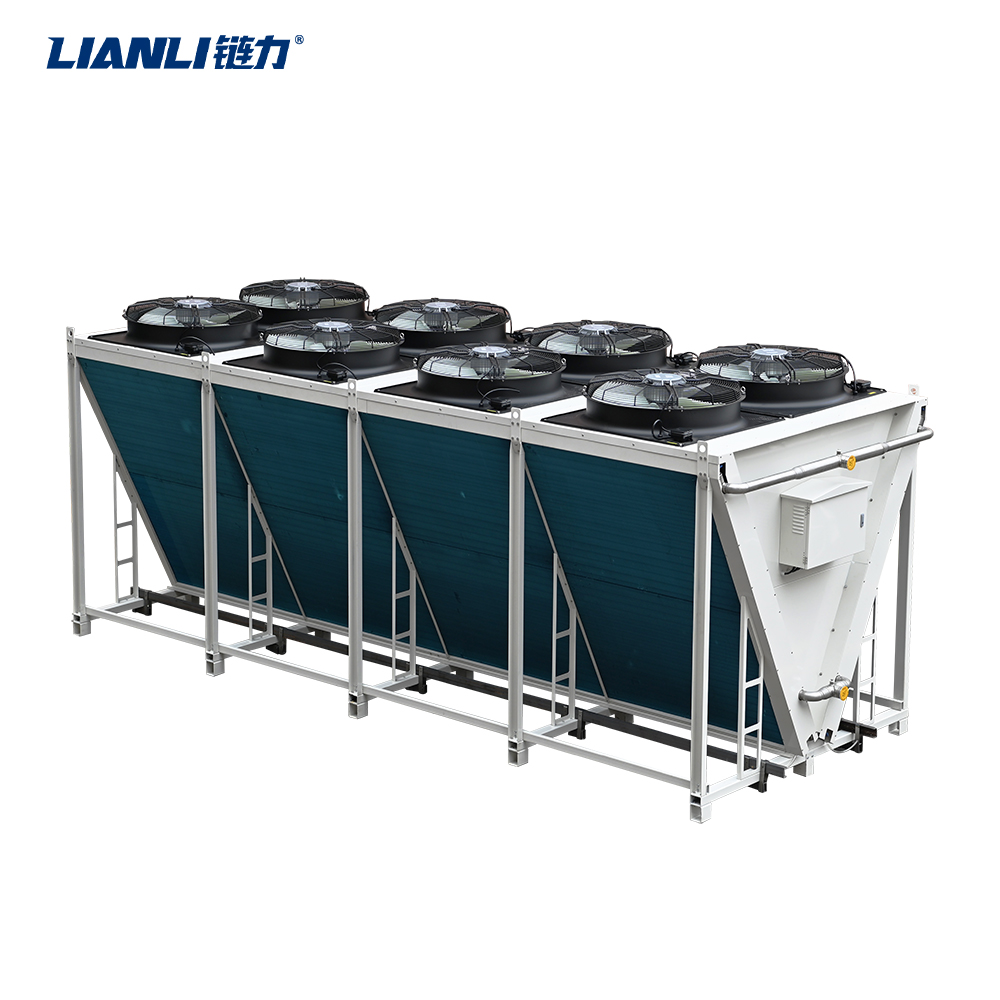 The Heat Problem: A Challenge for Air-Cooled Miners
Traditional air-cooled ASIC miners, like earlier models of the Antminer series, generate immense amounts of heat during operation. This heat must be effectively dissipated to prevent hardware damage and maintain optimal performance. However, air cooling presents several challenges:
The Heat Problem: A Challenge for Air-Cooled Miners
Traditional air-cooled ASIC miners, like earlier models of the Antminer series, generate immense amounts of heat during operation. This heat must be effectively dissipated to prevent hardware damage and maintain optimal performance. However, air cooling presents several challenges:


 The Heat Problem: A Challenge for Air-Cooled Miners
Traditional air-cooled ASIC miners, like earlier models of the Antminer series, generate immense amounts of heat during operation. This heat must be effectively dissipated to prevent hardware damage and maintain optimal performance. However, air cooling presents several challenges:
The Heat Problem: A Challenge for Air-Cooled Miners
Traditional air-cooled ASIC miners, like earlier models of the Antminer series, generate immense amounts of heat during operation. This heat must be effectively dissipated to prevent hardware damage and maintain optimal performance. However, air cooling presents several challenges:
- Inefficient Heat Dissipation: Air has a lower heat capacity compared to liquids, making it less efficient at transferring heat away from the miner’s components. This often leads to higher operating temperatures.
- High Energy Consumption for Cooling: Significant energy is required to power large industrial fans and maintain optimal ambient temperatures within mining facilities, especially in warmer climates. This directly impacts the operational expenditure (OPEX).
- Noise Pollution: The powerful fans needed for adequate airflow create substantial noise, making air-cooled farms unsuitable for locations near residential areas or requiring soundproofing investments.
- Space Constraints: Air-cooled setups require ample space around each unit for airflow, limiting the density of miners that can be deployed in a given area.
- Direct Die Cooling: Water blocks are placed in direct contact with the ASIC chips, the primary heat source. This allows for highly efficient and direct heat transfer from the chip to the coolant.
- Dramatically Lower Operating Temperatures: Liquid cooling can maintain ASIC temperatures significantly lower than air cooling, even under full load. The ANTMINER S19 XP Hyd. typically operates with ASIC temperatures around 50°C, compared to 70-90°C+ for air-cooled models.
- Reduced Energy Consumption: By eliminating the need for massive internal fans and reducing the reliance on facility-wide air conditioning, water cooling drastically cuts down on cooling-related energy costs. This directly improves the miner’s power usage effectiveness (PUE), often achieving PUE values close to 1.05, compared to 1.2-1.5+ for air-cooled farms.
- Near-Silent Operation: With minimal fan noise (primarily from pumps, which are quieter and can be centralized), water-cooled farms like those hosting ANTMINER S19 XP Hyd. units operate almost silently, opening up possibilities for deployment in urban or noise-sensitive areas.
- Higher Density Deployment: Water-cooled racks can be packed much more densely since they don’t require large air gaps for ventilation. This maximizes the hash rate per square foot of data center space.
- Lower Operational Costs (OPEX): The most significant factor is the substantial reduction in electricity costs associated with cooling. Lower OPEX translates directly to higher profit margins, especially crucial in a volatile market.
- Increased Hardware Longevity: Operating at consistently lower temperatures reduces thermal stress on electronic components, potentially extending the lifespan of the ANTMINER S19 XP Hyd. units and reducing maintenance and replacement costs.
- Improved Performance Stability: Stable, cool operating temperatures allow the ASIC chips to maintain consistent performance without throttling due to overheating, ensuring maximum hash rate output.
- Access to New Locations: The ability to operate efficiently in warmer climates and the reduced noise footprint allow mining companies to utilize data centers in locations previously deemed unsuitable for large-scale mining, potentially accessing cheaper land or electricity.
- Sustainability and ESG Goals: Reduced energy consumption for cooling aligns with growing environmental, social, and governance (ESG) concerns. Water cooling presents a more sustainable image for the industry.
- Future-Proofing: As mining hardware becomes more powerful and generates more heat, liquid cooling is seen as the inevitable future. Investing in ANTMINER S19 XP Hyd. technology positions companies at the forefront of this trend.
